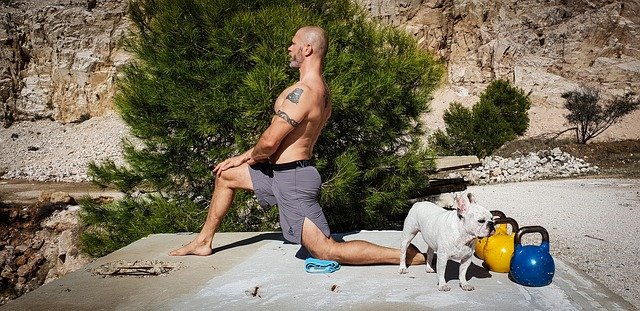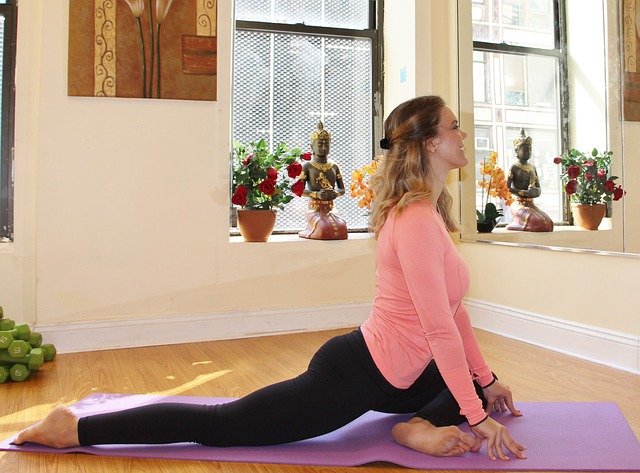
Range of Motion
Have you ever heard the term range of motion? Typically, if you are having issues with movement, your medical care team may refer to tightness in a specific muscle or muscle group. Tightness in the hamstrings, located on the back of our upper leg, can create issues all the way up our spinal column and limited movement in our pelvic girdle as well. So, how can we maintain range of motion and does this relate to balance?
Yes, range of motion does relate to how well we move and our mobility as well as balance. If muscles are tight, we have limited ability to move, limited ability to balance or maintain correct posture, and now we have much higher risk of additional or compounded injury. Freutel (2020), defines flexibility as:
“Flexibility is the ability of your joints to move through their full range of motion without pain or stiffness. It also refers to the flexibility of the muscles that support the joints. Flexible muscles and tendons allow for greater range of motion during activities. ”
If the joints do not have adequate ability to move through a full range of motion, we risk musculature tears or injury, tendon injury, or a combination of muscle, tendon and bone injury with a fall. This would also compound future ability to move safely should complete healing and rehabilitation of the injured area does not occur. So, here, we clearly see the link between balance, agility, and range of motion or flexibility. Common injuries or limited range of motion occur in the hip flexors, shoulders, and lower back areas.
There are many great stretching exercises to assist us in maintaining flexibility to improve mobility and to help us maintain proper balance as we age. For our hip flexors, active stretching may include lifting the knees toward the chest, completing a circular motion from a standing position (Freutel, 2020). Simply lift the knee toward the chest, move the knee outward to the side, then back down to the starting position (Fruetel, 2020). The photo below shows a great stretching technique that can be done after your workout routine. This exercise can also be done prior to starting your routine, just be sure to warm up the muscles adequately (7-10 minutes) prior to the stretch.

Hip Flexor Stretch
In yoga, there are also some great stretching techniques to loosen up tight or stiff muscles and joints. We often may not realize that when we take an exercise class, the post workout stretching combines yoga and other Eastern forms of exercise regimens that create greater flexibility and range of motion for our bodies. The two images below show various yoga stretches that release the hip flexors while also stretching out our hamstrings and lower back regions.


Remember, that overall health and well being combines many activities, many processes, and most of all, it is not a one-size-fits-all remedy. We must remember to feed our bodies with the right nourishment, stretch and maintain flexibility and range of motion, and perform cardio and weight training at least 4-5 days per week to burn calories and improve the heart and lung functions. We also tend to make healthier choices just by starting our day with one healthy activity. So, set the right tone for your day and build each day upon your successes. And, as always, stay healthy, stay focused, and stay hydrated.
References
Freutel, N. (2020, March 05). 5 Joint Mobility Exercises to Improve Flexibility and Function. Retrieved December 10, 2020, from https://www.healthline.com/health/fitness-exercise/joint-mobility-exercises
2genesis
3intensity